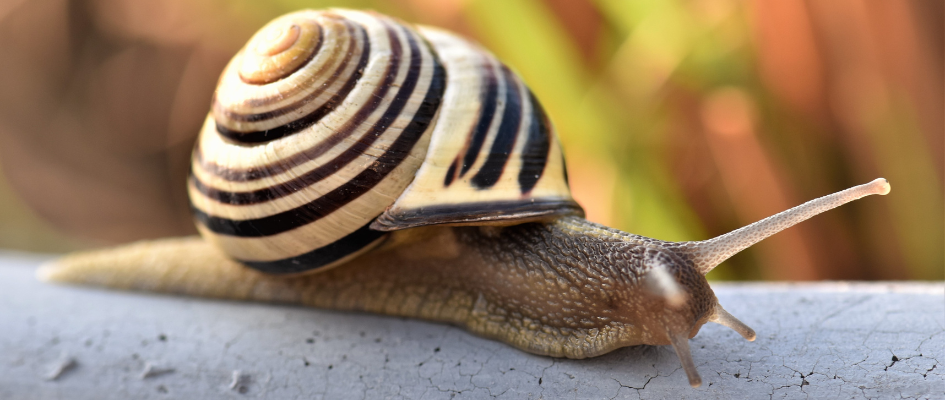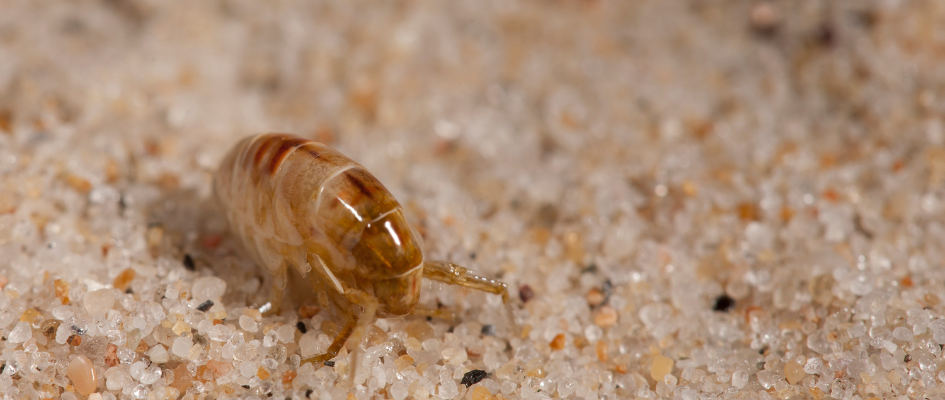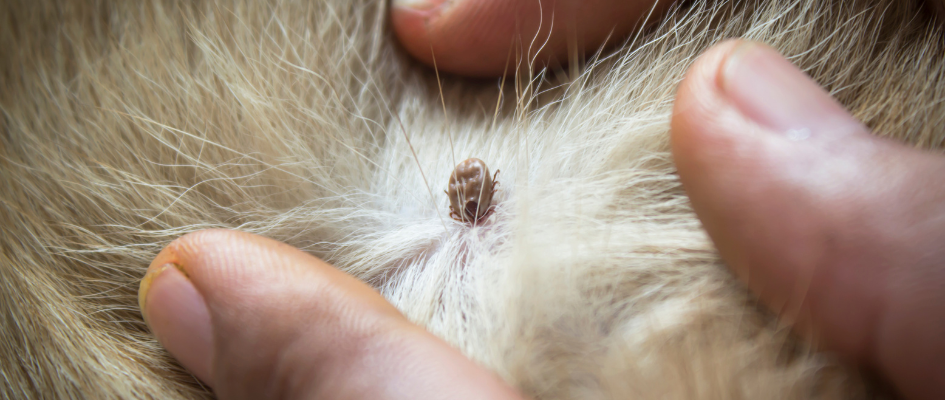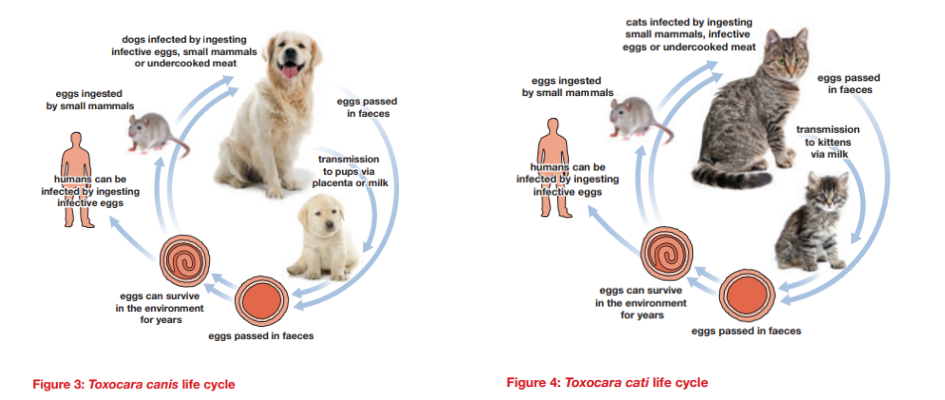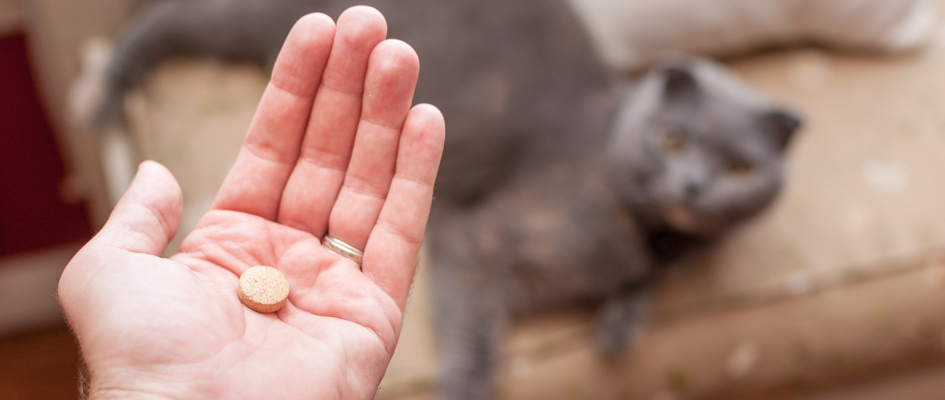Pet travel to and from the European Union, Northern Ireland and Approved Countries
Following Brexit, an EU Passport that was issued in Great Britain is no longer valid for travel to the EU an Animal Health Certificate (AHC) is instead required for travel to the EU, or a PTD for travel to Northern Ireland. Please ensure that you read the full details at gov.uk before travelling.
Travelling to Northern Ireland with your Pet
You no longer need a AHC to travel to Northern Ireland but will need to complete a Northern Ireland pet travel document (PTD) to take your dog, cat or ferret from Great Britain (England, Scotland or Wales) to Northern Ireland.
- Your pet must be microchipped.
- They do not need rabies vaccinations or tapeworm treatment if you have a PTD.
- These rules also apply to assistance dogs.
- If you’re exporting dogs, cats, or ferrets for commercial purposes, such as a change of ownership, check the rules for commercial pet travel on Northern Ireland Government website.
Apply for a Northern Ireland Pet Travel document online at gov.uk. It’s free to apply and will last for as long as you own the pet. If you are travelling through Northern Ireland to an EU country you will need an AHC.
Preparing to travel to the European Union (EU) with your pet
It is essential to prepare well ahead of your journey. Before your dog, cat or ferret can travel from Great Britain (GB) to the EU or Northern Ireland you’ll need to take the following steps.
- You must have your dog, cat, or ferret microchipped.
- Have your dog, cat, or ferret vaccinated against Rabies. Your pet must be at least 12 weeks old before it can be vaccinated.
- Wait at least 21 days after the primary vaccination before seeing an Official Veterinarian (OV) for completing the AHC and no more than 10 days before travel to the EU.
- You must either travel with your pet or within 5 days of your pet travelling. The person travelling with your pet must attend the AHC appointment.
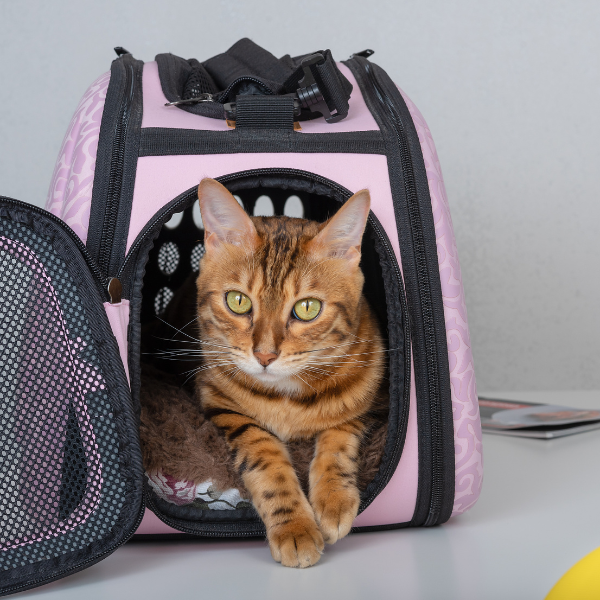
What is an Animal Health Certificate (AHC)?
The Animal Health Certificate is a 12-page document that must be completed and certified by an Official Veterinarian (OV) who has completed additional animal export training, and who has been approved by the UK Government for this purpose. The certificate takes considerable time to complete, and accuracy is important. You will need to provide supporting evidence for completion of the document:
- A record of the date of microchipping
- Rabies vaccination records
- Evidence of your journey, showing that you are either travelling with your pet, or within 5 days of your pet.
- The person travelling with your pet will need to sign a declaration at the certification appointment that the movement of the pets is for non-commercial reasons.
At Goddard Vet Group, we have several OVs available across our London practices that can help you with your pet travel needs so please check that one is available when you need to travel by booking well in advance of your travel date. To assist with this process, and to ensure you are fully informed about the documentation you will be required to provide, please complete our online AHC Client Information Form that will be emailed to you when on request of an appointment for an AHC. The completed form should be submitted at least 14 days before your intended date of travel and once reviewed by our official veterinarian, we will call to confirm your appointment.
The Animal Health Certificate will be valid for:
- 10 days after the date of issue for entry into the EU
- Onward travel within the EU for 4 months after the date of issue
- Re-entry to GB for 4 months after the date of issue
- Only one trip

If you are travelling with more than 5 pets
All pets must be over 6 months of age, and must be attending or training for a competition, show or sporting event.
- Written documentation of the age of the pets, and records of attendance at these events must be provided.
Dogs travelling to Finland, the Republic of Ireland, Norway or Malta
- Dogs must receive treatment against tapeworm (Echinococcus multilocularis) between 1 to 5 days before arriving in any of these countries.
- Tapeworm treatment must be entered by the Official Veterinary (OV) on the AHC following treatment or in an EU-issued Pet Passport. In practice, therefore, AHCs to these countries will normally be issued within 1-5 days before arrival at your destination.
Arriving in the EU
Pet owners travelling with pets must travel on approved routes and will need to enter through a designated Travellers’ Point of Entry (TPE). You may be required to present the pet’s original AHC along with evidence of your pet’s:
- Microchip
- Rabies vaccination history
- Tapeworm treatment (if required).
Repeat trips to the EU
A new AHC will be required for each trip and a rabies vaccination will need to be up-to-date or, if not, revaccination will be required followed by a 21-day wait before travel.
Returning to Great Britain
There will be no change to the current health preparations for pets entering Great Britain from 1 January 2021. Pet owners must have one of the following documents when returning to Great Britain from the EU:
- An EU pet passport (issued in the EU or GB before 1 January 2021), or a pet passport from a Part 1 listed third country
- The AHC issued in GB used to travel to the EU – which you can use up to 4 months after it was issued
- A UK pet health certificate (for travel into GB only).
This documentation is not required if entering Great Britain from:
- Northern Ireland
- The Channel Islands
- The Isle of Man
- The Republic of Ireland.
Check the routes before you travel. Owners must travel using approved routes and their pet’s documents and microchip will be checked when entering Great Britain.
Owners of assistance dogs returning from the EU do not have to travel on approved routes. You must notify the point of entry in advance that you are travelling with an assistance dog to ensure the appropriate checks are done. Owners do not have to travel on an approved route if they travel to Great Britain from:
- Other UK countries
- The Channel Islands
- The Isle of Man
- The Republic of Ireland.

Travelling home from countries not free from tapeworm (Echinococcus multilocularis)
You will need to take your dog to a vet for approved tapeworm treatment and must do this no less than 24 hours and no more than 120 hours (5 days) before entering Great Britain. This requirement has not changed since 1 January 2021. The treatment must:
- Be approved for use in the country where the treatment is applied.
- Contain praziquantel or an equivalent proven to be effective against tapeworm (Echinococcus multilocularis).
Tapeworm treatment of dogs is not required prior to re-entry to Great Britain if travelling directly to the UK from Finland, Republic of Ireland, NI, Norway or Malta.
Health and welfare of your pet abroad
You should consider that if you take your pet abroad it may be exposed to several diseases that we do not have in this country e.g. some diseases transmitted by ticks or biting flies, and parasites such as heartworm and tapeworm. The tapeworm treatment given under the pet travel rules is purely to prevent the introduction of those parasites into the UK. However, it is vitally important that your pet is protected against these other diseases while abroad. In addition to routine vaccination and normal flea and worm control, the following need to be considered and preventive treatment given. You may find further information regarding the risks and recommended preventive measure measures for the region you are travelling in by checking the European Travelling Pets Advice website.
Leishmaniasis
Caused by an organism that is spread between animals by sandflies. Affected animals may lose weight, develop skin lesions and swollen lymph nodes, become lame, and have recurring fevers. A vaccine is available against Leishmaniasis. This should be planned well in advance of travel. Sandfly repellents are also available from your veterinary practice.
Babesiosis
A parasitic disease of red blood cells is spread by ticks. Signs of disease may include fever, loss of appetite, the passage of red/brown urine, anaemia, weakness, and death.
Ehrlichiosis
A disease that is also transmitted by ticks and infects red blood cells. Clinical signs vary but include fever, loss of appetite, and anaemia.
Dirofilariasis (Heartworm Disease)
Is transmitted by mosquitoes with the development of adult worms which live in the heart and blood vessels. The signs of the disease include coughing, breathlessness and can lead to death.
Tapeworms
Echinococcus can produce serious disease in humans and so it is important to protect your pet and thereby, yourself and your family. As well as the tapeworm treatment administered by a Veterinary Surgeon before returning to the UK, we recommend using tapeworm treatment every month your pet is in the EU, 1-5 days before returning (which must be given and certified by a Veterinary Surgeon), and then again, 1 month after returning.
Brucella Canis and Rabies – transmittable to people via bites or scratches
Both of these infectious diseases can be transmitted to your dog, or to you from direct contact with infected dogs, and in the case of Rabies, both dogs and foxes. They are most commonly observed in Eastern European countries.
While your dog will be vaccinated against rabies, please contact a veterinary practice if your dog is bitten while abroad. If you are bitten or scratched by a stray dog please immediately wash any wounds or scratches and contact a medical facility as soon as possible in the country in which you were bitten.
Protect your pet with regular preventative treatment
We have seen several cases of some of the diseases listed above, especially Babesiosis and Leishmaniasis in pets that have become infected while abroad. We would therefore recommend that your pet receives regular preventive treatment to protect against the following whilst travelling abroad in:
- Ticks (protect against Babesia and Ehrlichia infection)
- Heartworm
- Tapeworm
- Sandflies and mosquitoes (protect against Leishmania and Heartworm infection).
Your local Goddard Vet will be able to advise you on the best protective treatments to use depending on the area that you intend to travel to.

